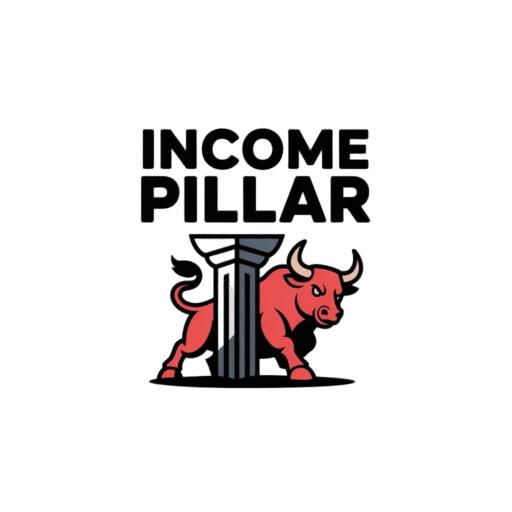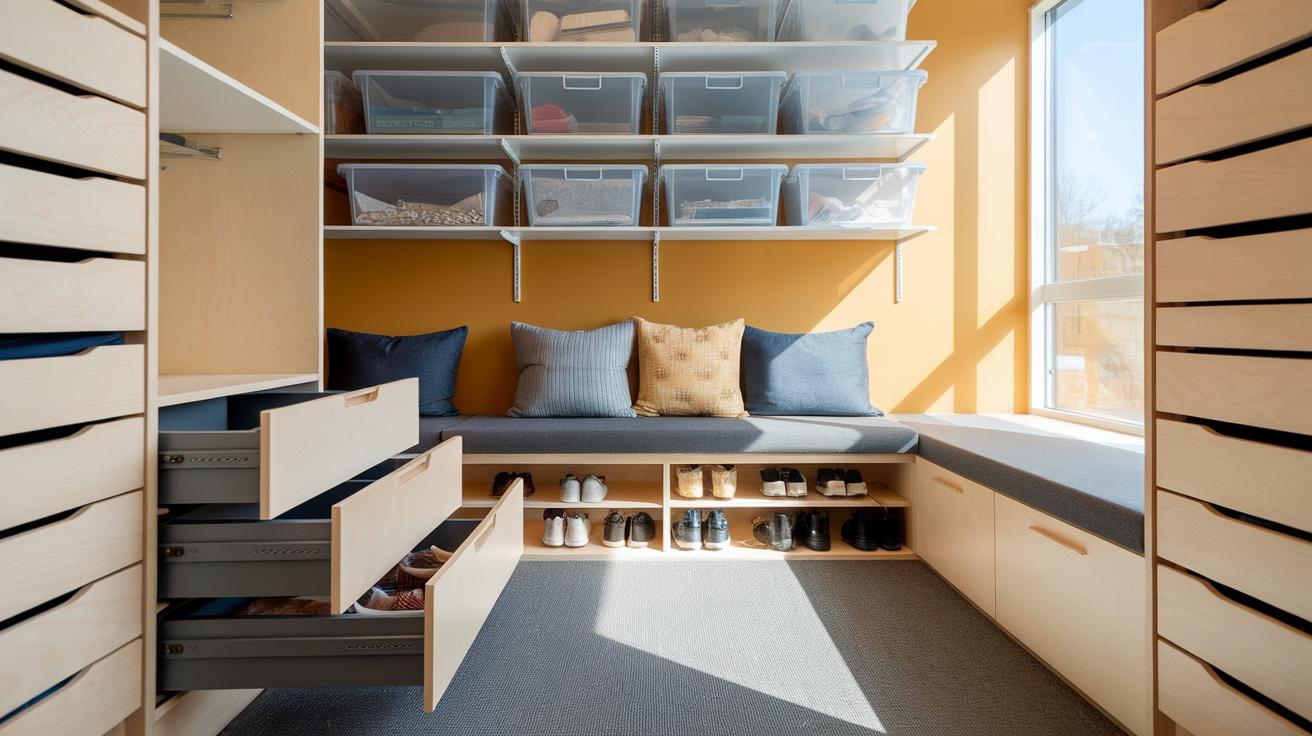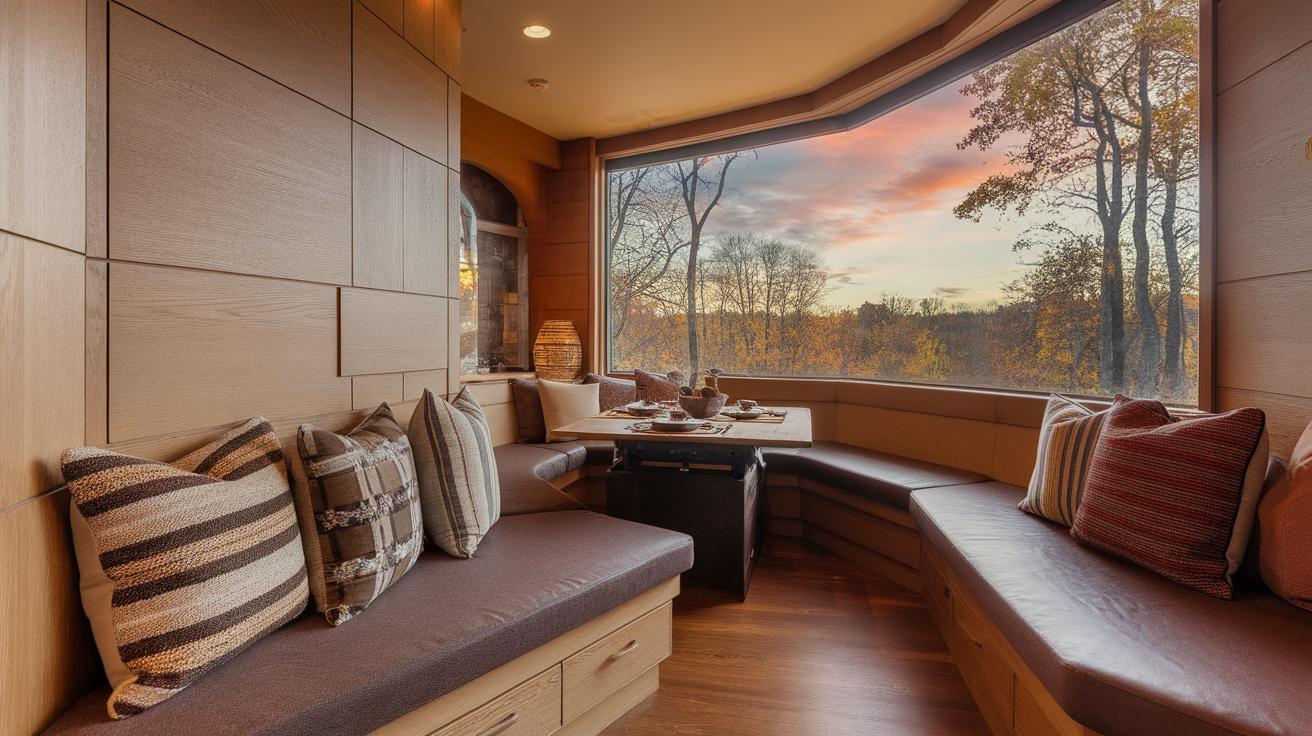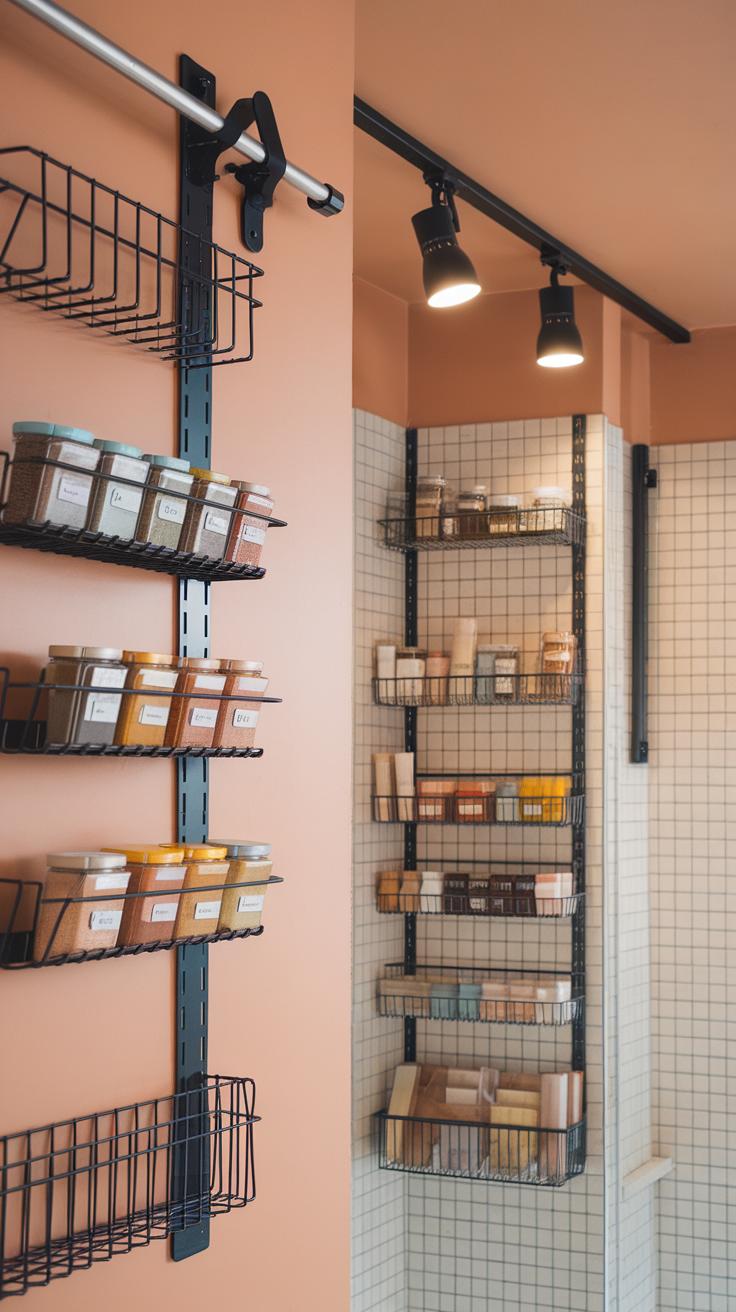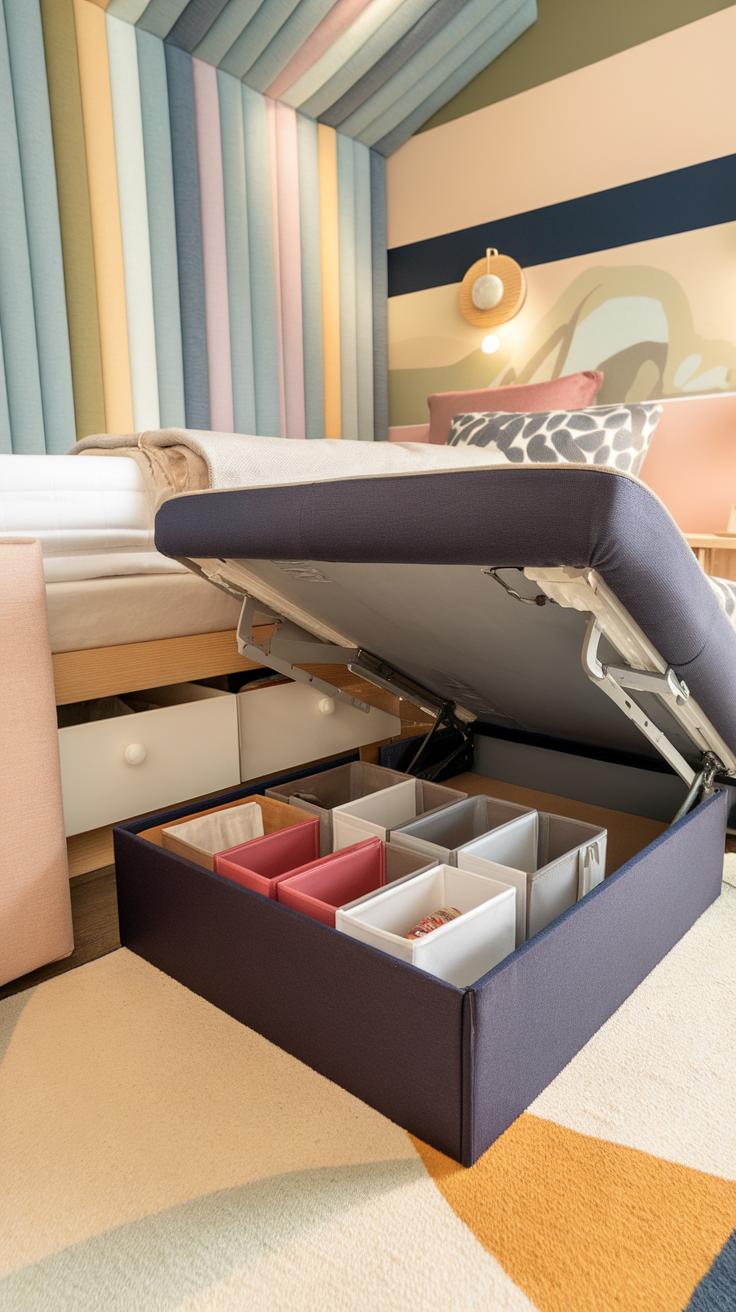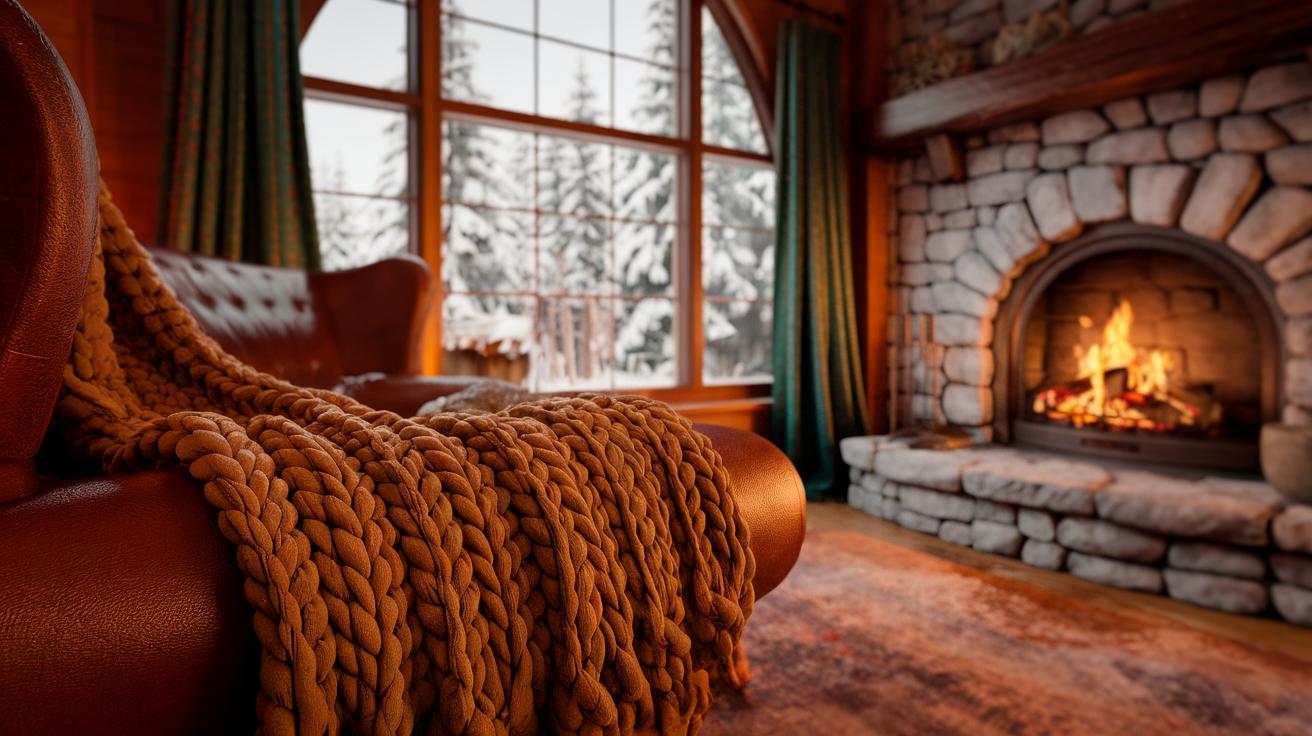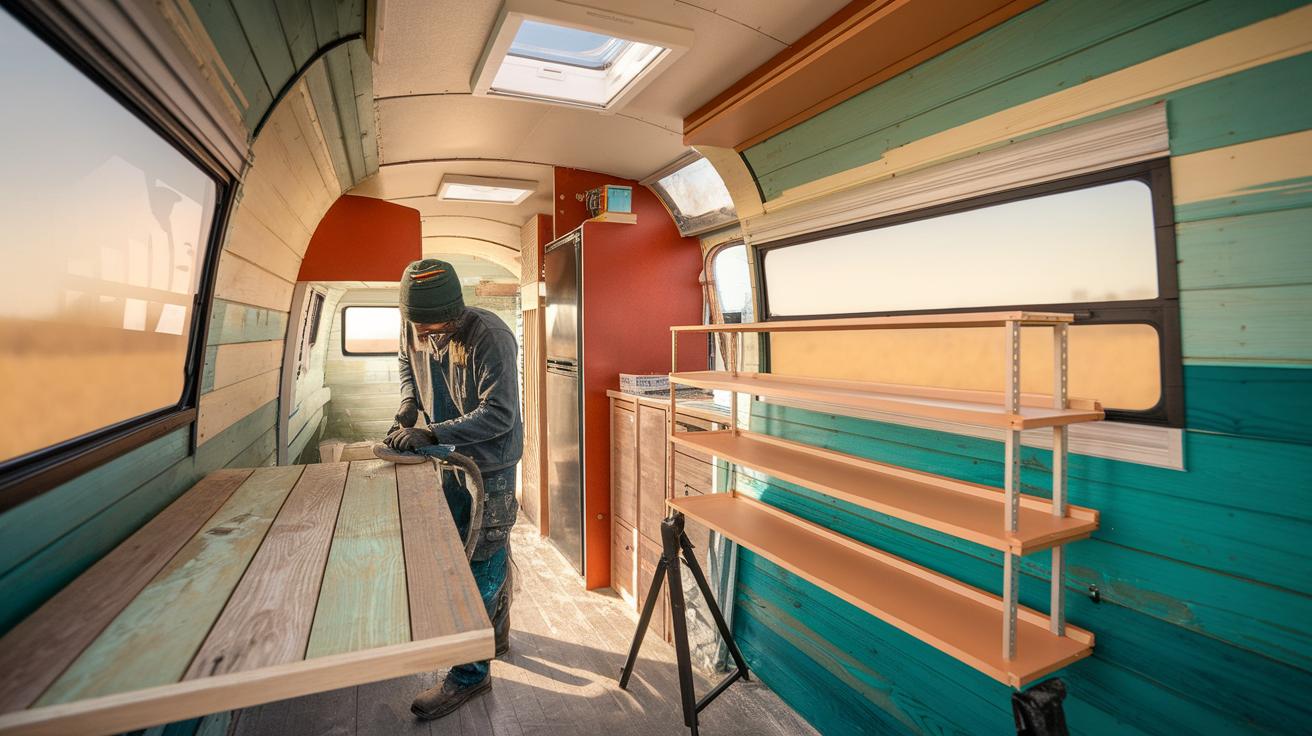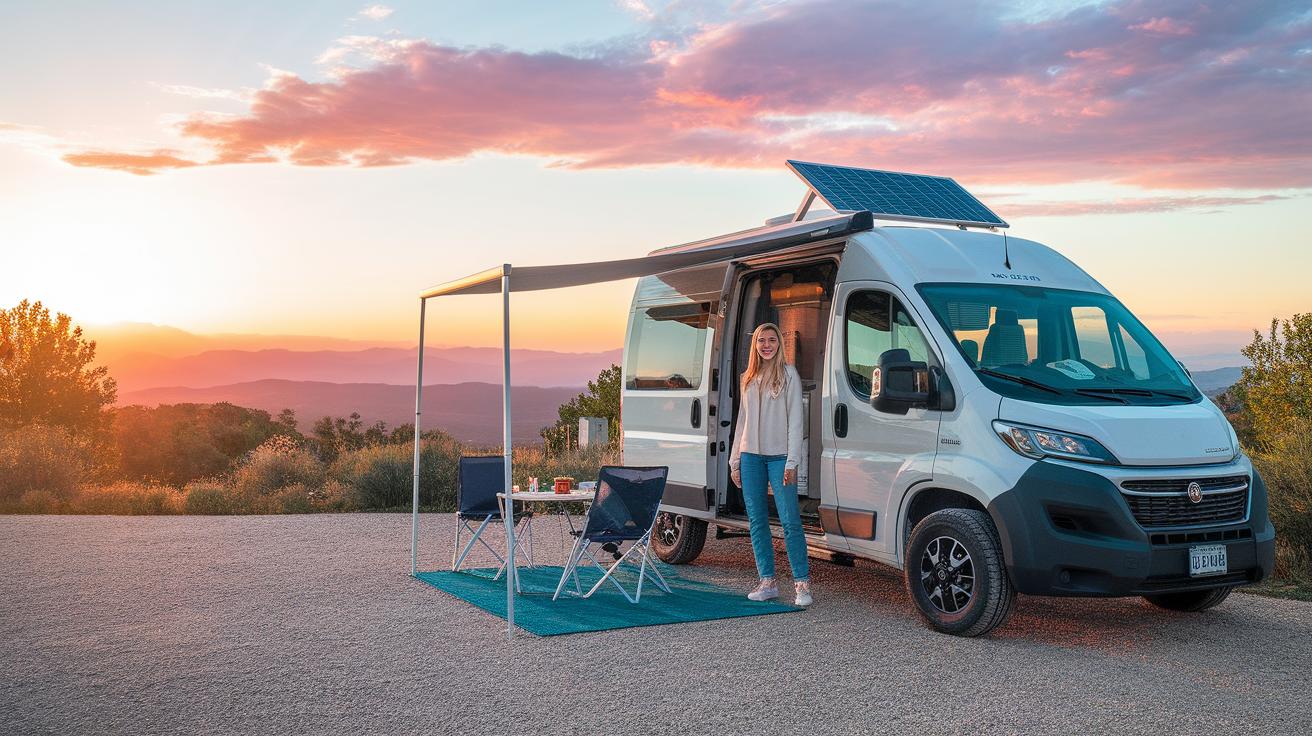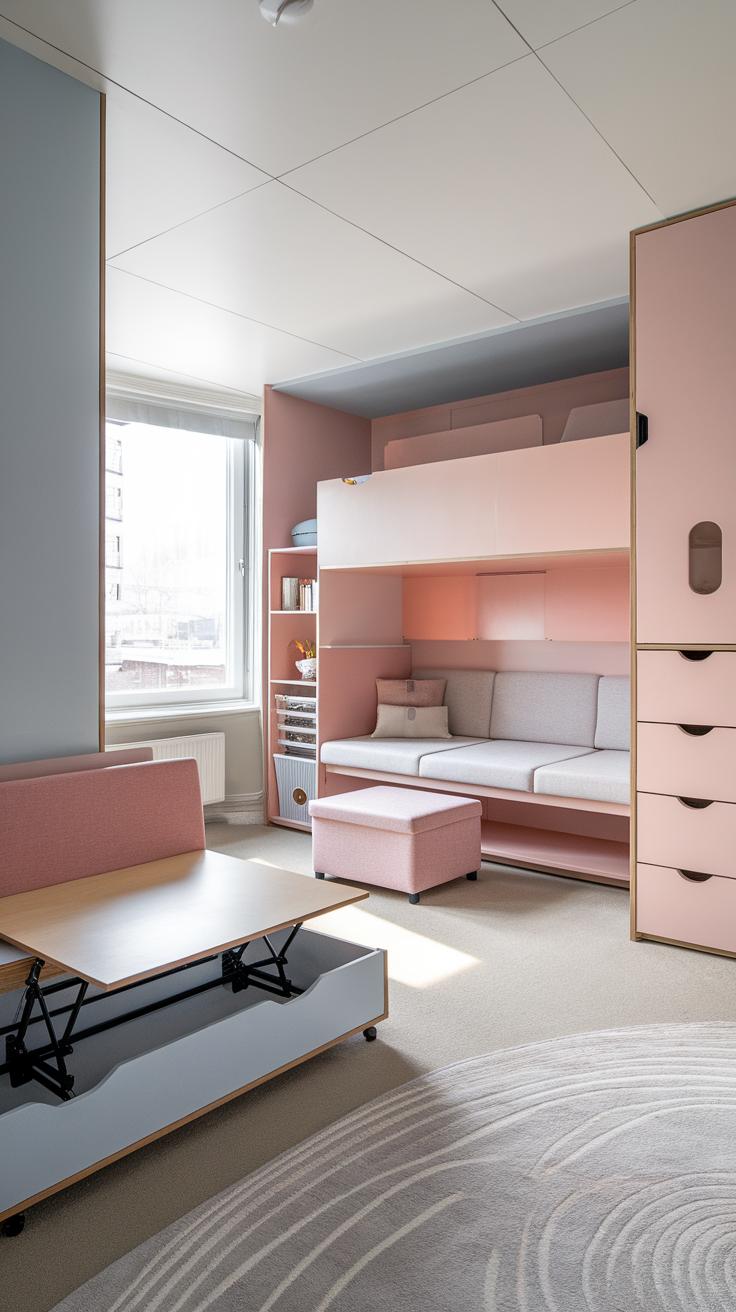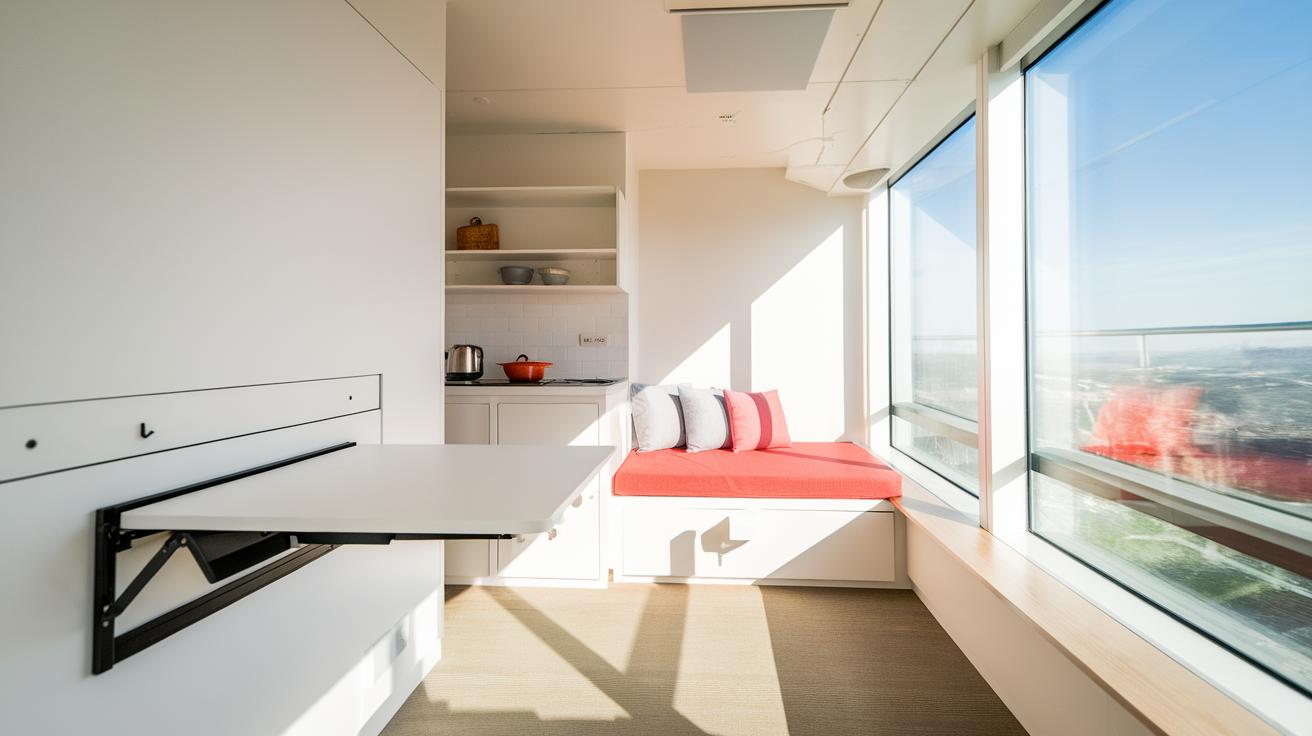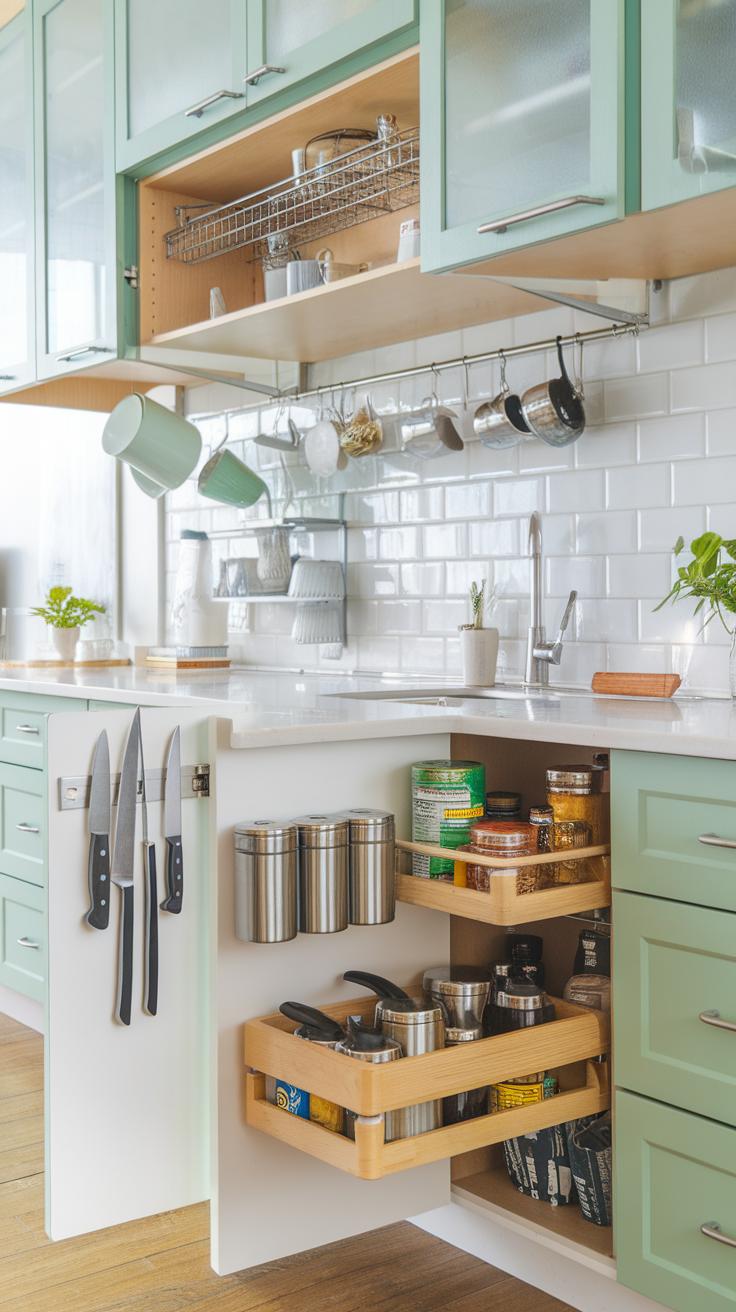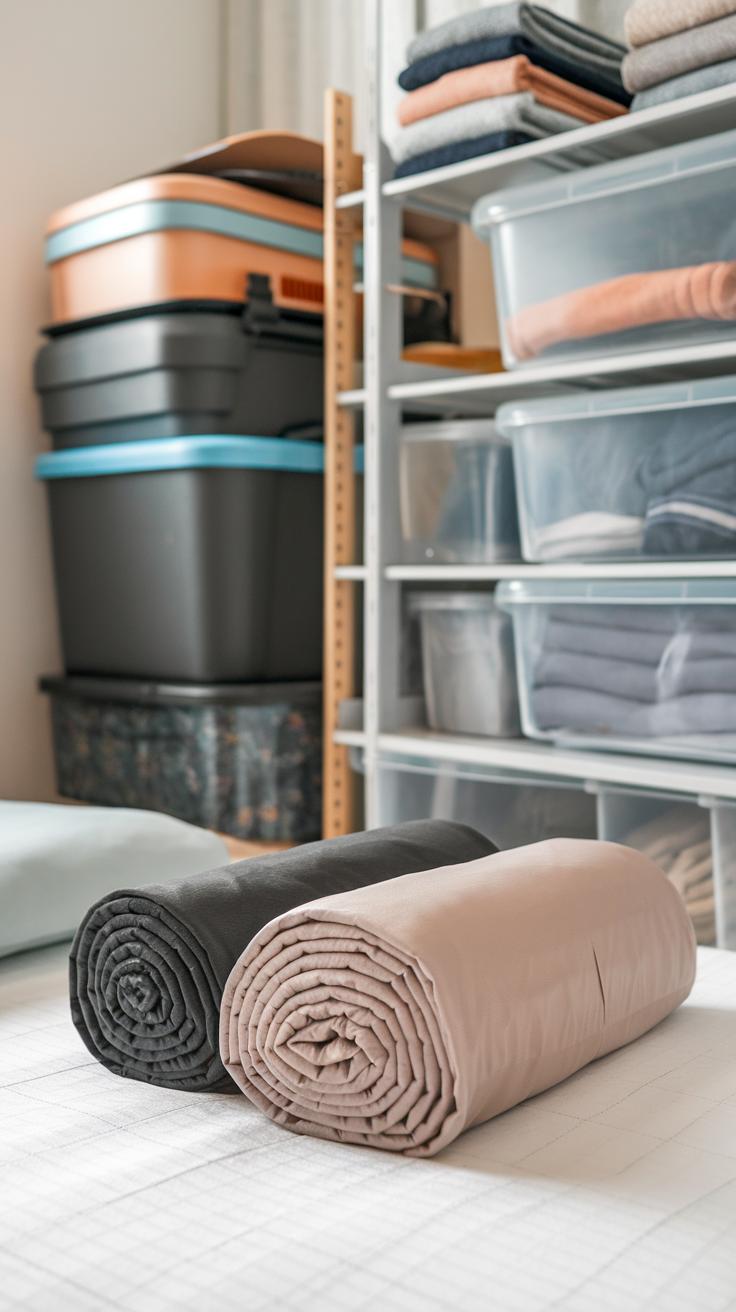Introduction
Owning a camper offers the freedom of travel combined with the comfort of having your personal space on the road. However, campers come with limited space, which often makes it challenging to store all necessary items. Managing storage efficiently allows you to bring essentials without cluttering your living space. Whether it’s a pop-up camper or a larger RV, every inch of available space matters to create a comfortable and organized environment.
Planning your storage well is the key to an enjoyable camper experience. Many campers have areas that serve multiple purposes and every storage trick you learn can make a big difference. This article explores practical hacks to optimize the limited space in your camper, making sure you have what you need at your fingertips. Discover how to organize, use vertical space, and creatively store items to enhance your camper’s functionality and your travel experience.
Assessing Your Campers Storage Needs
Understanding exactly what you need to store in your camper makes organizing much easier. When you know which items are essential, you can focus on clever ways to fit them in tight spaces. Taking inventory helps prevent bringing unnecessary things that take up valuable room.
Catalog your belongings by how often you use them. Items you need daily, like kitchen tools and clothes, should be easy to reach. Less frequently used gear can go into deeper or harder-to-access spots. This method keeps your camper tidy and prevents clutter.
Knowing what you have and how often you use it allows you to choose storage solutions that make sense. For example, if you camp mostly in cold weather, you might prioritize storing warm clothes in accessible drawers. Tailoring your space saves time and reduces stress during trips.
Inventory Your Belongings
Start by listing everything you plan to bring on your trip. Include camping gear, clothes, kitchen items, and personal necessities. Write down each item or group similar things together to see the whole picture clearly.
Sort the items by how necessary they are. Ask yourself: do I need this every day, once a week, or only in an emergency? Lighter, smaller items like utensils take less space and can be stored together, while bulky gear like sleeping bags needs its dedicated spot.
Organizing by size also helps. You might fit compact items inside larger ones, such as packing small tools inside a backpack. This way, you maximize space efficiently before putting anything away inside your camper.
Analyze Space Available
Measure every storage area in your camper carefully. Note the height, width, and depth of cabinets, shelves, and under-seat compartments. Don’t forget odd spaces under the bed or above doorways that might hide open spots.
Look for spaces you haven’t used before. Are there gaps behind furniture or narrow ledges near the ceiling? Writing down these measurements and locations gives you a clear map to plan your storage with precision.
Knowing your camper’s layout lets you customize your storage hacks. For instance, if you find a shallow shelf, you can add a hanging organizer or magnetic strip to hold small items. Tailoring these solutions to your exact space means you’ll get the most out of every inch.
Using Vertical Space Efficiently
Vertical space in campers often remains unused, yet it holds great potential to free up floor room. Walls and ceilings create opportunities for storage without crowding walkways or living areas. Installing shelves or rails can organize smaller items like spices, books, or tools. Pegboards mounted on walls can hold hooks for supplies you use frequently. Look for areas above doorways or windows where narrow shelves or hanging pockets fit well. Ceiling-mounted nets or mesh compartments work great for lightweight gear such as hats or scarves. When planning vertical storage, always ensure these additions won’t bump your head or interfere with movement. How much more space could you unlock by thinking upward rather than outward? Efficient vertical use not only keeps your camper tidy but also makes your essentials easier to reach and spot. Experiment with layouts that match your daily routines and gear size.
Installing Hooks and Hangers
Hooks and hangers transform free wall space into practical storage for jackets, bags, and cooking tools. You can hang pots, spatulas, or mugs in the kitchen area, freeing counter space. Place hooks at reachable heights but avoid doorways or narrow paths to keep movement smooth. Use adhesive hooks for renters or screw-in types for permanent fixtures depending on your camper’s walls. Group similar items together to save time searching. Hooks also serve well near entry points to grab your jacket or bag on the go. Consider adding a row of small hooks inside cabinets or closets for keys and smaller gear. What everyday items clutter your counters or floors that could hang neatly instead?
Adding Overhead Storage Bins
Overhead bins let you store lightweight items such as linens, towels, or non-perishable snacks while rescuing floor and shelf space. Pick bins made from durable, lightweight materials like plastic or fabric to avoid adding excess weight. Ensure bins have secure lids and fasten them firmly to ceiling supports or upper walls to prevent shifting during travel. Velcro straps, brackets, or rail systems help keep bins stable. Choose clear or labeled bins so you find what you need quickly. Regularly check the attachments for wear or looseness. Could installing overhead bins open up your living area and keep supplies organized in one spot? Properly secured overhead storage improves safety and adds balance to your camper’s layout.
Optimizing UnderBed and Seat Storage
Under-bed and under-seat spaces are often overlooked but perfect for extra storage in your camper. These narrow pockets can hold a surprising amount of gear without taking up visible room.
Choosing containers that fit snugly in these spaces makes a big difference. Think of low-profile bins that slide easily in and out or vacuum storage bags for soft items like clothes and blankets.
Keep these areas organized to find items quickly. Store things by how often you use them, placing daily essentials closest to the opening. This way, you avoid pulling out everything just to grab one item.
Regularly check and tidy these spots. Over time, clutter can build up and reduce the usable space. Ask yourself: How often do I really need what’s stored under here? Clearing out unused items frees space and keeps your camper ready for your next trip.
Choosing the Right Containers
Low-profile plastic bins work great under beds and seats because they use every inch of space without bulging. Clear bins help you spot contents quickly, but make sure they have lids to keep dust and pests out.
Vacuum storage bags shrink bulky items like jackets and bedding, making them easier to store flat. They seal out moisture and dirt, which is helpful in a camper environment.
Consider stackable containers if your space allows for height. This stacks your storage vertically inside the compartment without wasting space.
Choose containers that are durable and easy to clean. Your camper’s under-seat and under-bed areas can get dirty over time, so washable materials save effort.
Accessibility and Organization
Label containers clearly to save time digging through boxes. Use simple tags or permanent markers on lids. You could sort by categories like kitchen gear, tools, or clothes.
Place items you use daily near the front of the compartment for quick access. Store seasonal or rarely used gear further back.
Keep a system so you know exactly where everything belongs. When you put something back, it should go in the same spot to avoid mess.
If space feels tight, ask yourself: Can I rearrange to make frequently used items easier to reach? Small changes in organization can improve your camper’s storage efficiency dramatically.
Creative Use of Doors and Cabinet Faces
Many overlook the back of doors and cabinet faces as storage spots. These areas can hold extra items without taking up floor or shelf space. Attaching small baskets, racks, or organizers on door backs transforms them into useful storage zones. You might hang mesh baskets to keep snacks or utensils close at hand. Small magnetic racks on cabinet faces can hold metal tools or knives safely.
Consider using command hooks or tension rods for a secure attachment that won’t damage surfaces. This way, you can easily remove or adjust the storage as needed. Using these vertical spots helps keep counters clear and your camper feeling less cluttered. What small items do you struggle to store? Trying these spots might solve those problems simply.
Hanging Organizers on Cabinet Doors
Hanging organizers on cabinet doors create compact storage for spices, toiletries, or cleaning supplies. You can find slim organizers that fit inside cabinet doors without blocking access. Use adhesive strips or hooks designed to prevent marks, eliminating drilling or permanent damage. These options also let you remove them quickly when needed.
For example, hang a slim spice rack on the kitchen cabinet door to free up counter space and keep flavors in reach. In the bathroom, install a caddy inside cabinet doors for soaps and brushes to keep the sink area tidy. These organizers boost space efficiency and keep things easily accessible. What items do you wish were more organized inside your cabinets?
Using Over-the-Door Racks
Over-the-door racks add storage without using drawers or shelves. They can hold shoes, small tools, or pantry items. Choose racks that fit camper door thickness and open fully without obstruction. Options with adjustable hooks or multiple tiers allow customization for different needs.
For example, use a multi-pocket hanging organizer behind a bedroom door for socks and accessories. A basket-style rack behind the camper entry door can hold cleaning sprays or small outdoor gear. These racks keep frequently used items visible and easy to grab while staying out of the way. Which door in your camper has unused space for a rack right now?
MultiPurpose Furniture for Space Saving
Using furniture with built-in storage offers a smart way to extend your camper’s limited space. Items like convertible tables, storage ottomans, or benches with hidden compartments add more than just seating or surface area. They double as storage spots that keep your gear organized and out of sight.
Convertible tables can fold down or slide to create more room when you need it. Storage ottomans not only give you a comfortable place to sit but also hide tools, blankets, or kitchen supplies inside. Benches with lift-up seats or side compartments provide easy access to larger items without adding clutter.
Have you checked all your furniture for hidden storage options? Using multi-purpose furniture changes how you think about space. It ensures every inch serves a purpose, helping you store more without sacrificing comfort.
Convertible Dinette and Beds
Your camper dinette can become a cozy bed at night. The table often folds down or moves, while the seating cushions rearrange to form a mattress. Underneath these seats, you usually have storage areas perfect for bedding, clothes, or camping gear.
Using these spaces well means sorting and packing items in bins or bags. Labeling helps you find what you need quickly. This approach maximizes both the sleeping and storage function without overcrowding your camper.
What small items can you fit under the seats to free up cabinet space? The dual-use design makes the dinette area work harder, giving you flexibility without extra bulk.
Storage Benches and Ottomans
Benches with lift-up seats or ottomans can hide gear like tools, emergency kits, or extra kitchen supplies. These pieces offer seating and storage in one, saving valuable floor space.
For instance, a storage ottoman near your seating area can hold shoes or blankets while providing a place to rest your feet. Benches might store outdoor equipment or larger items you don’t use daily.
Think about what you carry often yet need out of the way. Combining comfort with hidden storage turns furniture into a practical tool for organization in your camper’s limited space.
Compact Kitchen Storage Solutions
Your camper kitchen often has limited counter and cabinet space, so every inch counts. Using stackable cookware saves space by fitting pots and pans inside one another rather than spreading them out. You want options that are lightweight but strong, such as aluminum or silicone sets that are easy to handle and won’t add extra weight to your load.
Magnetic spice racks keep your favorite seasonings within reach without sacrificing counter or shelf space. Attaching a magnetic strip to the wall allows you to store jars in a neat row, freeing drawers for other items. Foldable kitchenware like cutting boards or colanders offer flexible use and shrink down to almost nothing when stored. These tools make cleaning and meal prep easier without cluttering your already tight space.
How much counter clutter could you eliminate by incorporating these space-saving ideas? They let you keep your cooking essentials accessible and organized, helping your camper kitchen work as smoothly as possible despite its size.
Stackable and Nesting Cookware
Cookware that stacks or nests inside each other cuts down on cabinet mess. Instead of opening your cabinet to a jumble of pots and pans, you find a neat, single stack. This saves space and speeds up packing and unpacking.
Look for sets made from durable materials such as anodized aluminum or BPA-free silicone. These are light enough to carry but tough enough to last through outdoor adventures. Nesting sets often include lids that double as skillets or plates, adding to their usefulness.
Think about your usual cooking habits. Do you need several large pans or just a few versatile pieces? Choosing the right set avoids carrying extra weight and clutter, making storing and cooking easier in your camper.
Magnetic and Foldable Accessories
Magnetic strips provide a smart spot to hang knives, metal utensils, or even personal gadgets like can openers. Installing one on a kitchen wall or inside a cabinet keeps these tools visible and within arm’s reach, so you won’t waste precious drawer space.
Foldable tools shrink down flat or collapse when stored. For example, silicone cutting boards fold to fit inside drawers, and colanders with collapsible sides can slide into narrow gaps. These designs make everyday kitchen tasks simpler without adding bulky items to your camper’s storage.
What foldable tools could replace rigid ones in your kitchen? Small changes like these free up room for other essentials and keep your camper organized and efficient.
Efficient Clothing Storage Techniques
Finding ways to reduce clothing bulk can transform your camper’s storage. Tight packing and better organization free up space for other essentials. Rolling clothes is a simple method that also minimizes wrinkles. Cotton shirts, t-shirts, and pants roll well without damage. Avoid rolling bulky sweaters or stiff fabrics that lose shape.
Vacuum-sealed bags shrink bulky items like jackets or off-season gear, which makes them easier to store in limited spaces. These bags protect clothes from moisture and dirt while compressing volume. They are perfect for long trips or when you don’t need certain items daily.
Packing cubes help sort clothing by type or outfit, letting you find what you need fast without unpacking everything. Using different cubes for tops, bottoms, and underwear keeps your camper neat and your clothes accessible. The right system streamlines your daily routine and cuts clutter significantly.
Rolling Clothes to Save Space
Rolling clothes tightly uses less room and reduces wrinkles. Rolling works best with soft, flexible fabrics like cotton t-shirts, lightweight pants, and shorts. These items mold nicely and take up minimal space when rolled.
Create uniform rolls by folding items into rectangles first, then rolling from one end. This technique prevents loose ends and messy piles. Pack rolled clothes side by side in drawers or bins to maximize every inch available.
Think about how you unpack. Rolling lets you pull out one item without disturbing everything else. Can you imagine squeezing more clothes into your current storage just by changing how you pack them?
Vacuum Sealing and Packing Cubes
Vacuum bags reduce bulky winter coats and linens by removing air. Store these compressed bags under beds or in closets. This method saves space and protects against moisture during travels or long storage.
Packing cubes keep your clothing sorted and easy to find. Label cubes or assign colors to fit your system. Use smaller cubes for socks or underwear and larger ones for shirts and pants.
With packing cubes, unpacking takes seconds. You avoid digging through piles. They also help prevent overpacking by showing you exactly how much you have. How might this small change improve your camper’s daily organization?
Outdoor Gear Storage and Organization
Camping chairs, tools, and outdoor gear often take up a lot of space inside your camper. Keeping these items outside the living area helps reduce clutter and keeps your camper feeling open. Consider where and how you store these essentials when you aren’t using them. Roof racks and hitch-mounted storage options work well for bulky pieces like coolers or large containers.
Organizing tools and smaller equipment in weatherproof boxes can protect them while keeping your space tidy. Using wall-mounted hooks or nets outside the camper may hold items like ropes, lanterns, or compact fishing gear. Think about storing dirtier or wet equipment outside to avoid messes inside.
Choosing foldable gear also cuts down bulk. Chairs, tables, and grills that collapse fit neatly in smaller spaces or hang on exterior racks. Always ask yourself which gear you use most and whether it can serve more than one purpose to save precious storage space. How much outdoor gear do you really need ready at hand versus packed away?
Roof Racks and Hitch Storage
Roof racks can carry bulky gear like kayaks, fishing rods, or storage bins, freeing up your camper’s interior. Rear hitch-mounted storage boxes add extra space for coolers, toolkits, or firewood. These options keep large items secure during travel and prevent clutter inside.
Load items evenly on roof racks and secure them with strong straps or bungee cords. Make sure storage boxes on hitch mounts lock tightly and fit your trailer’s weight limits. Checking security before each trip protects both your gear and safety.
Roof racks and hitch storage transform how much you can carry without sacrificing living area comfort. What bulky items in your gear could easily move outside with smart racks or storage boxes?
Foldable and Lightweight Outdoor Gear
Compact camping gear plays a big role in saving space. Foldable chairs collapse down small and often come with carry bags for easy packing. Tables and grills designed to fold flat save interior room and fit in roof boxes or under seats.
Choose lightweight materials like aluminum for chairs and grills. They reduce carrying weight and pack down more tightly. Multipurpose gear, such as a chair that doubles as a small cooler or storage box, helps you carry less while doing more.
When shopping for new gear, think about how small it gets and how many uses it offers. What foldable or lightweight item could replace your heavier gear and free up space for other essentials on your trips?
Maintaining Organization During the Trip
Keeping your camper tidy during the trip simplifies your daily routine. Regular tidying stops clutter from growing and turning your space into a mess. You can make cleanups quick by putting items back right after use. When you spot trash, dispose of it immediately instead of letting it pile up.
Try to check your storage areas every few days. Ask yourself if everything still fits your needs or if something needs rearranging. Sometimes what you packed may not suit the activities you end up doing. Adapting your setup helps keep everything easy to reach and prevents chaos.
Think about how much space you really need for the trip at hand. Do you use all the gear you brought? Which things do you grab most often? Prioritize these in easy-to-access spots. Store extras or seasonal items out of the way. This way, you keep your camper functional and comfortable throughout your journey.
Daily and Weekly Cleanups
Set a simple routine with small cleanup sessions every day or week. This habit stops clutter from taking over your limited space. Spend just five to ten minutes putting things back where they belong. Use labeled bins or containers to speed up the process. Throw away any trash right away to avoid bad smells or mess.
Try to clean right after meals or before bedtime. These moments naturally fit daily upkeep. Weekly, do a deeper sweep, checking under seats and in cabinets. This stops dust and crumbs from building up. Quick cleanups make your camper feel fresher and more inviting, helping you relax and enjoy your trip.
Adjusting Storage Based on Trip Duration and Activities
Your storage needs change depending on the length and type of your trip. For short weekend getaways, keep only essentials within easy reach. A few cooking tools, clothes, and daily-use items should be accessible without digging. Store backup supplies in less obvious spots.
Longer trips or those involving specific hobbies require a different approach. Move gear related to your activities, like fishing rods or hiking boots, closer to the door. Seasonal items or rarely used extras can be packed away tightly. Reassess your storage layout as your plans change to keep your camper functional and clutter-free.
Conclusions
Optimizing storage in your camper can transform your travel adventures. Applying various hacks such as using stackable containers, installing hooks, and utilizing under-bed storage can make a big difference in space management. These strategies help you maintain an organized camper, ensuring you can access your belongings easily and keep your living area clutter-free. When you implement these tips, you also reduce time spent searching for items and increase comfort during your trips.
Your camper’s space becomes a resource you control with smart storage solutions. Small changes in how you store your gear and personal items will increase the available room and improve overall living conditions. By keeping storage practical and accessible, your camper will feel more like home no matter where your journeys take you. Try these tips to unlock new potential in your camper’s space on your next trip.

